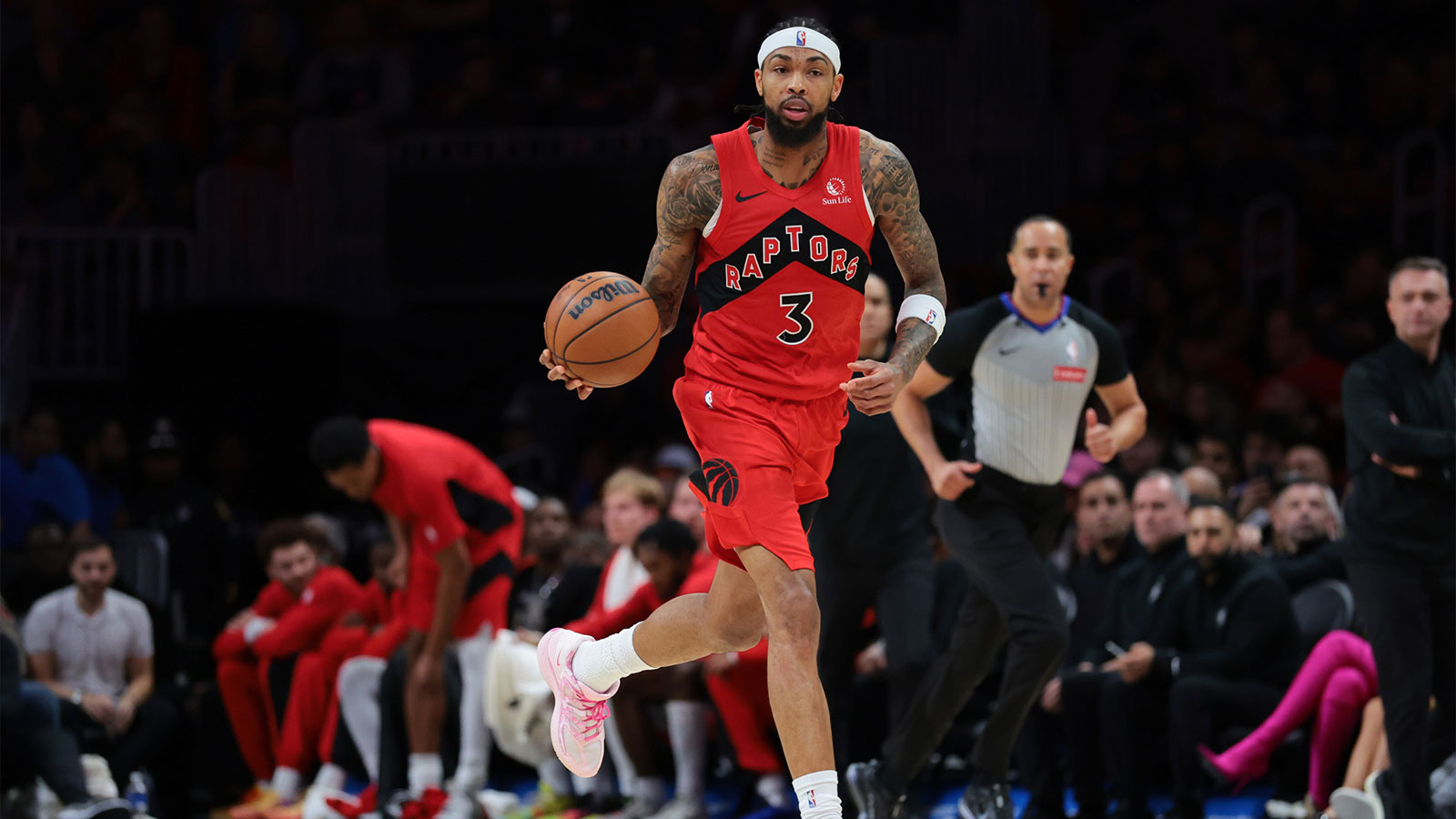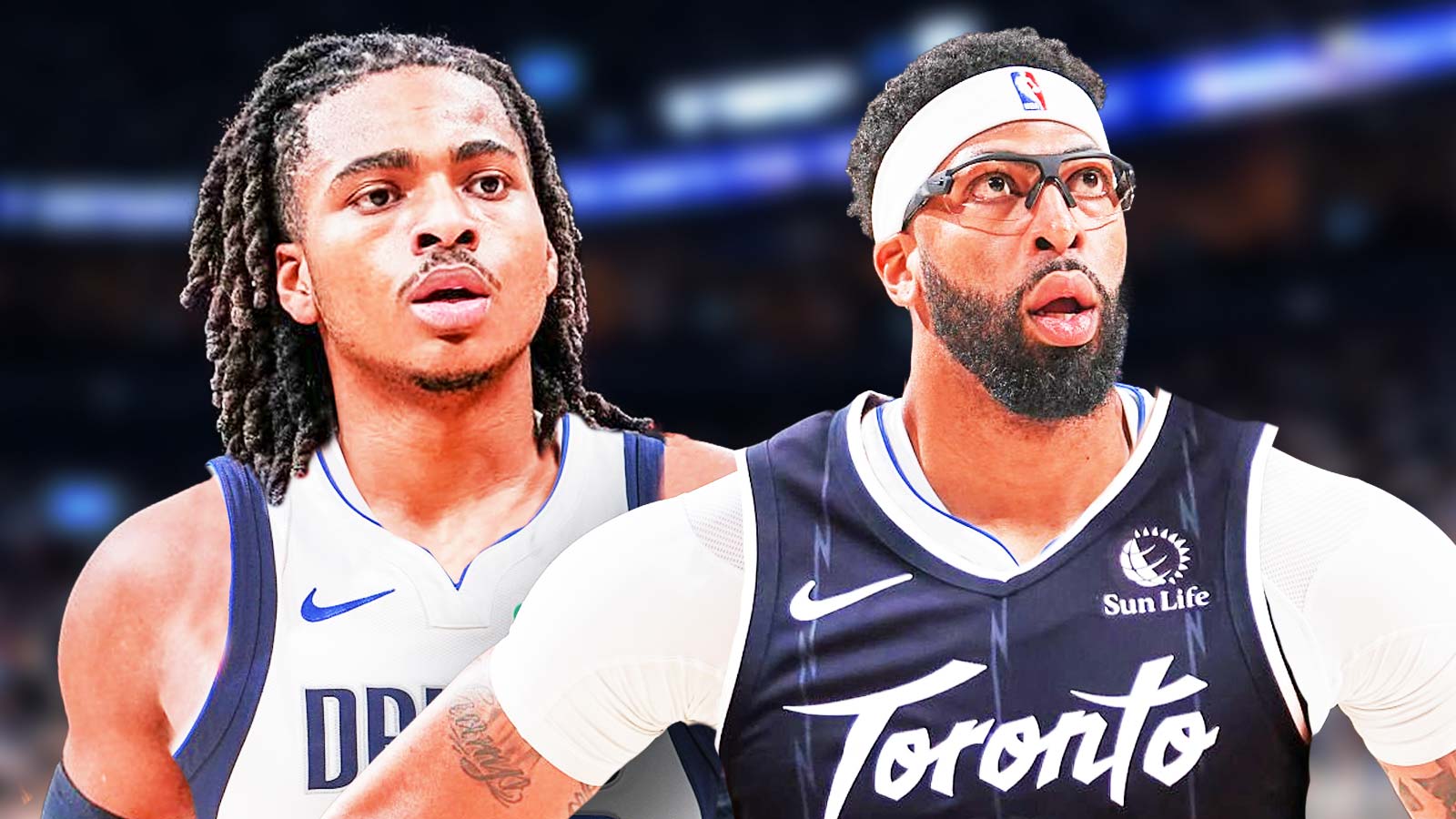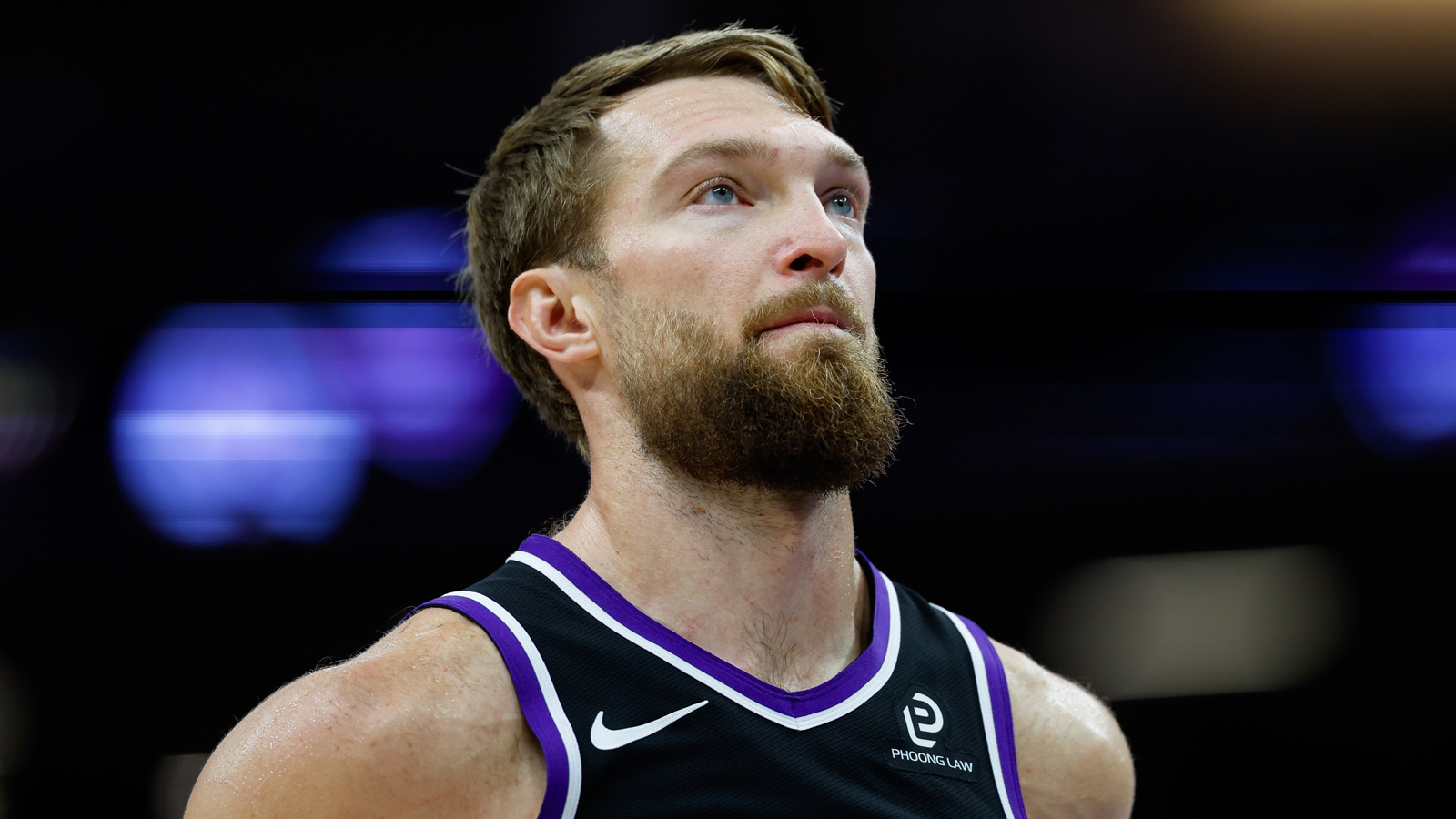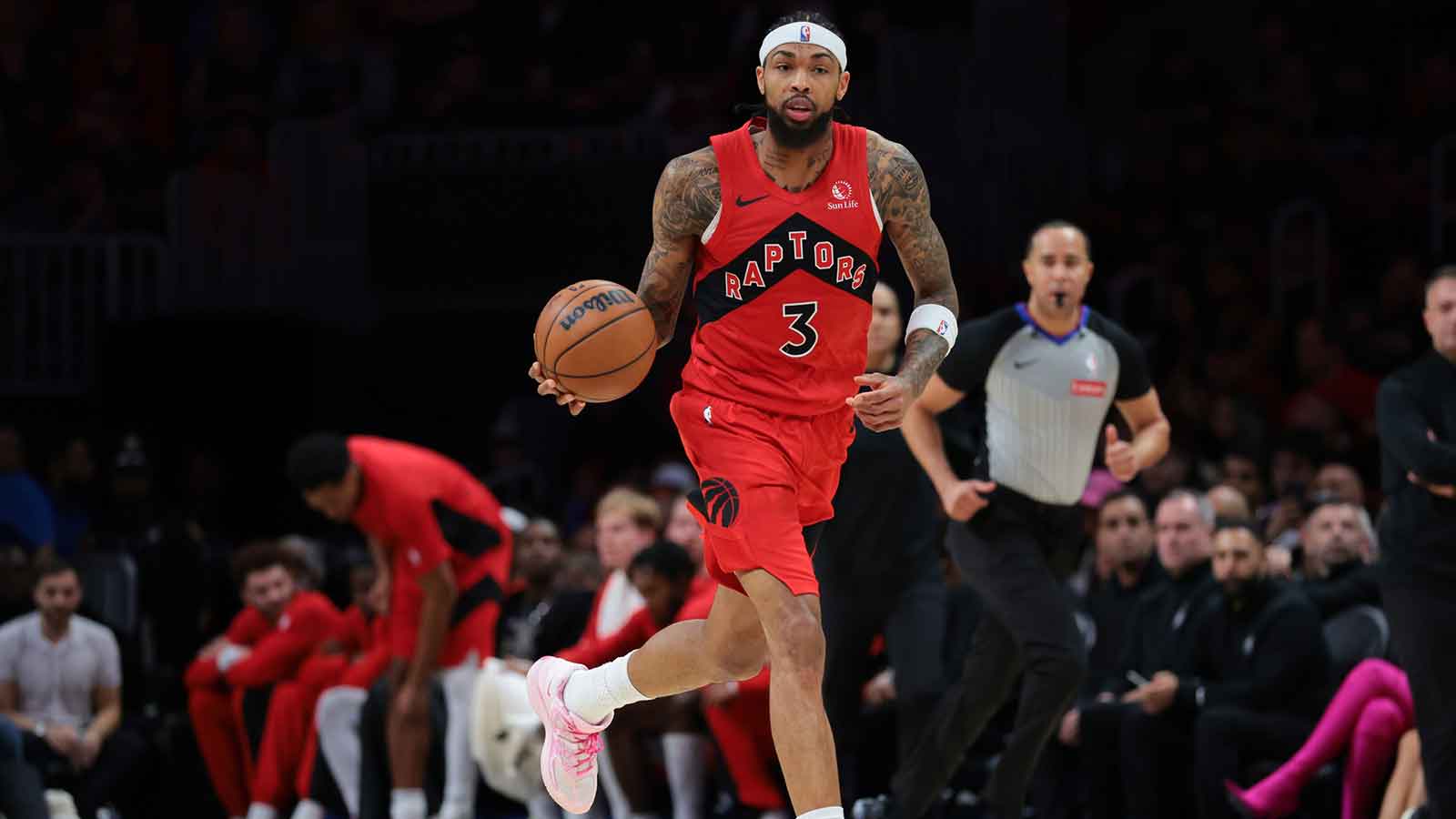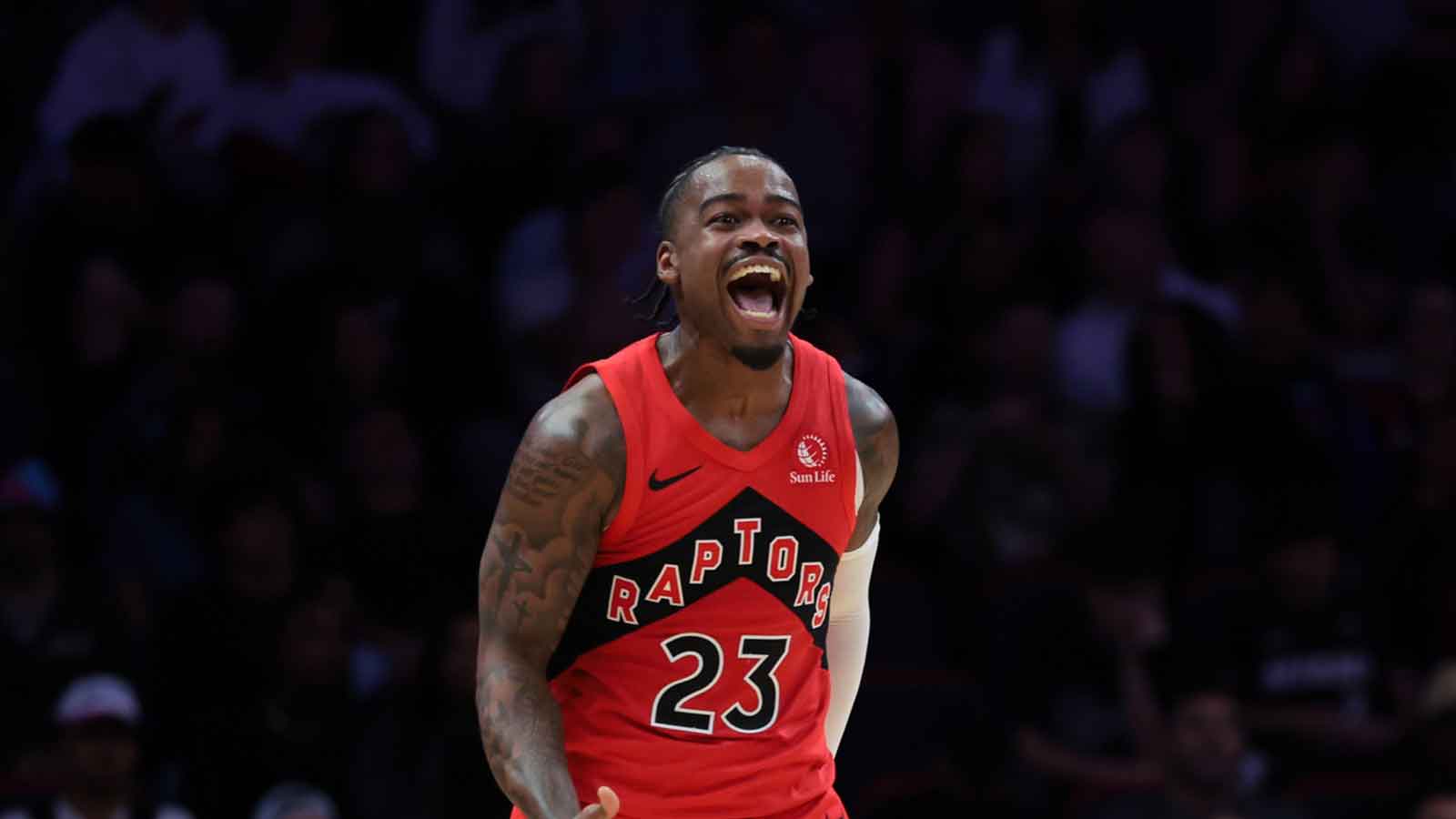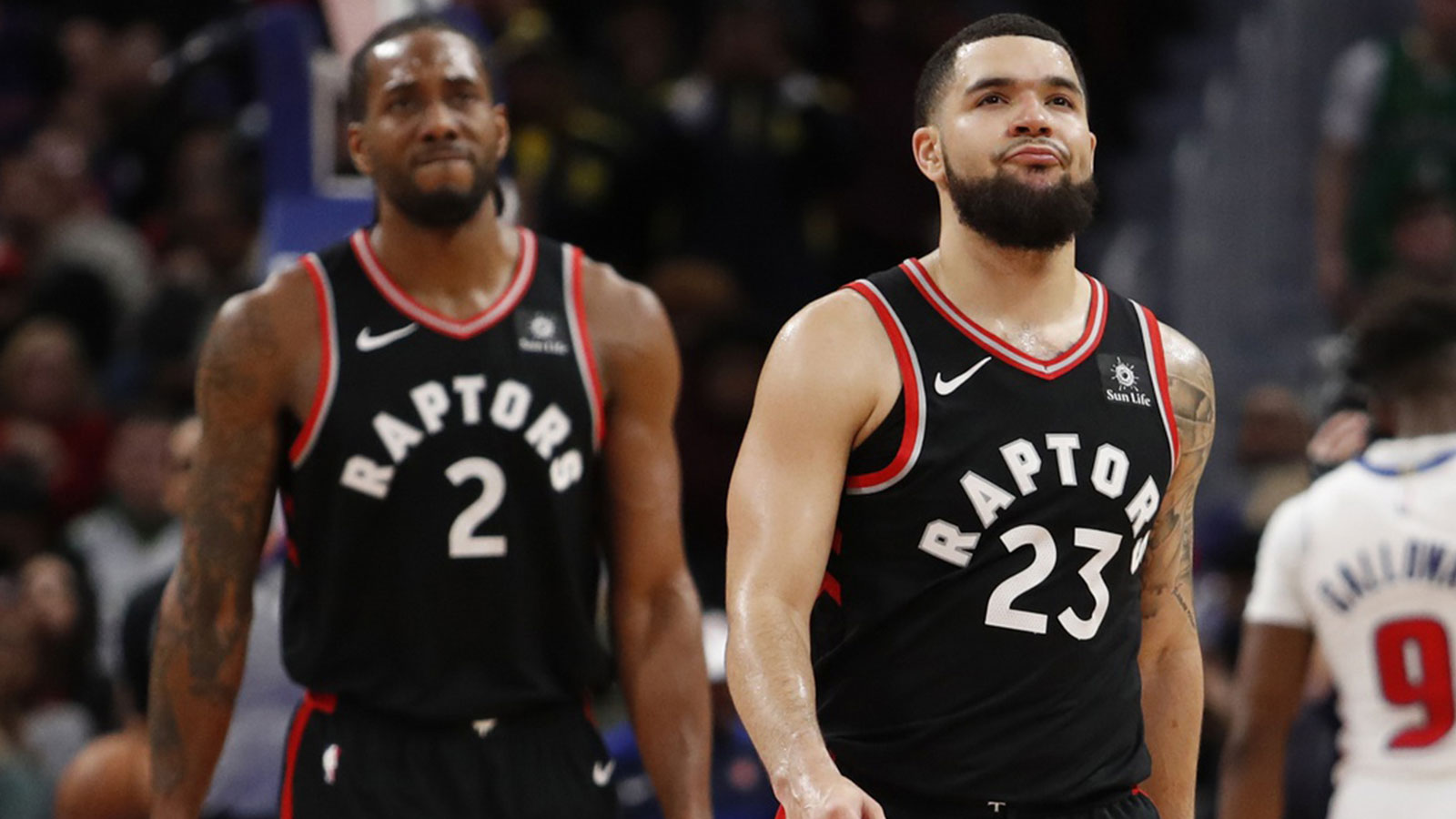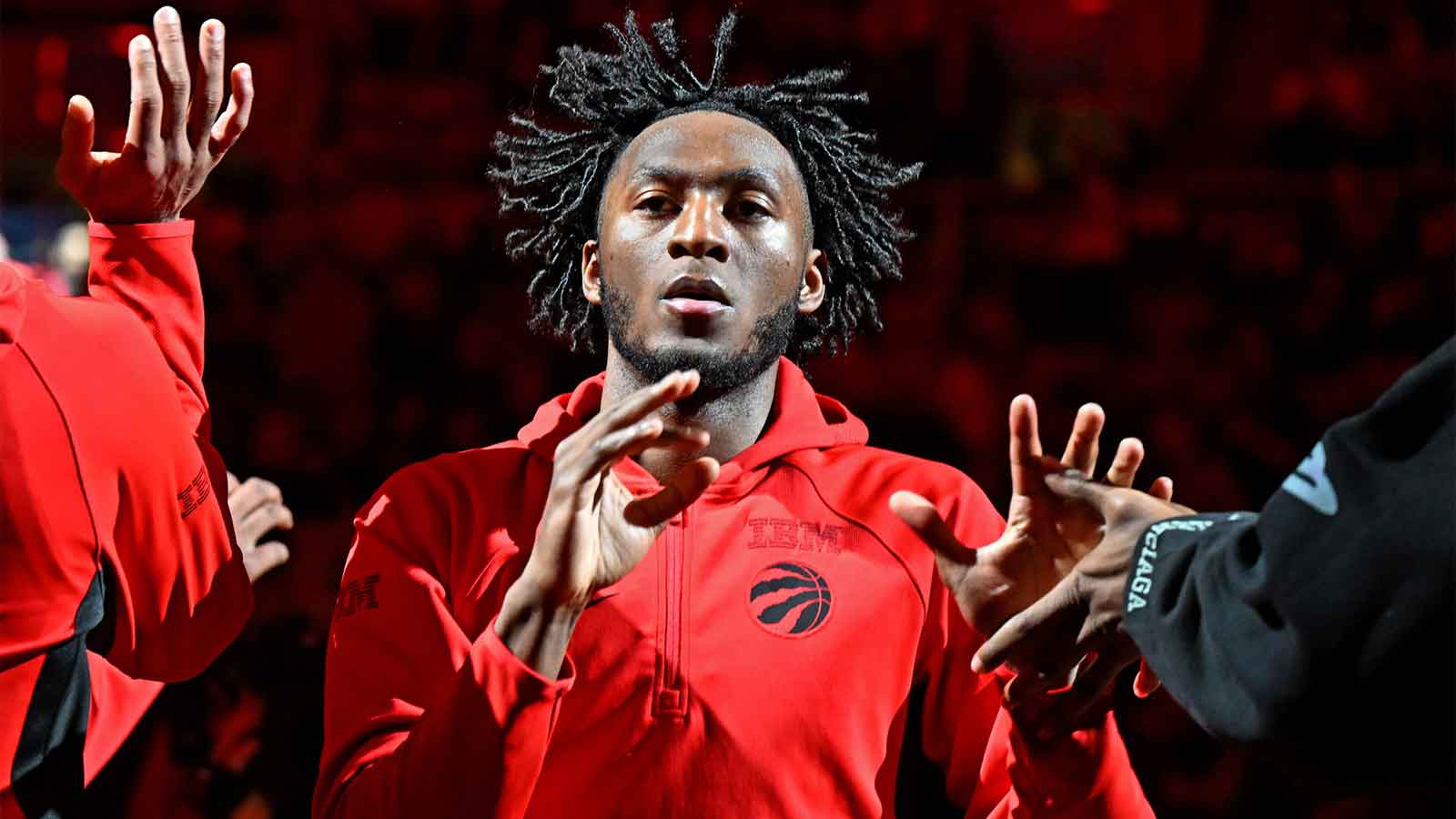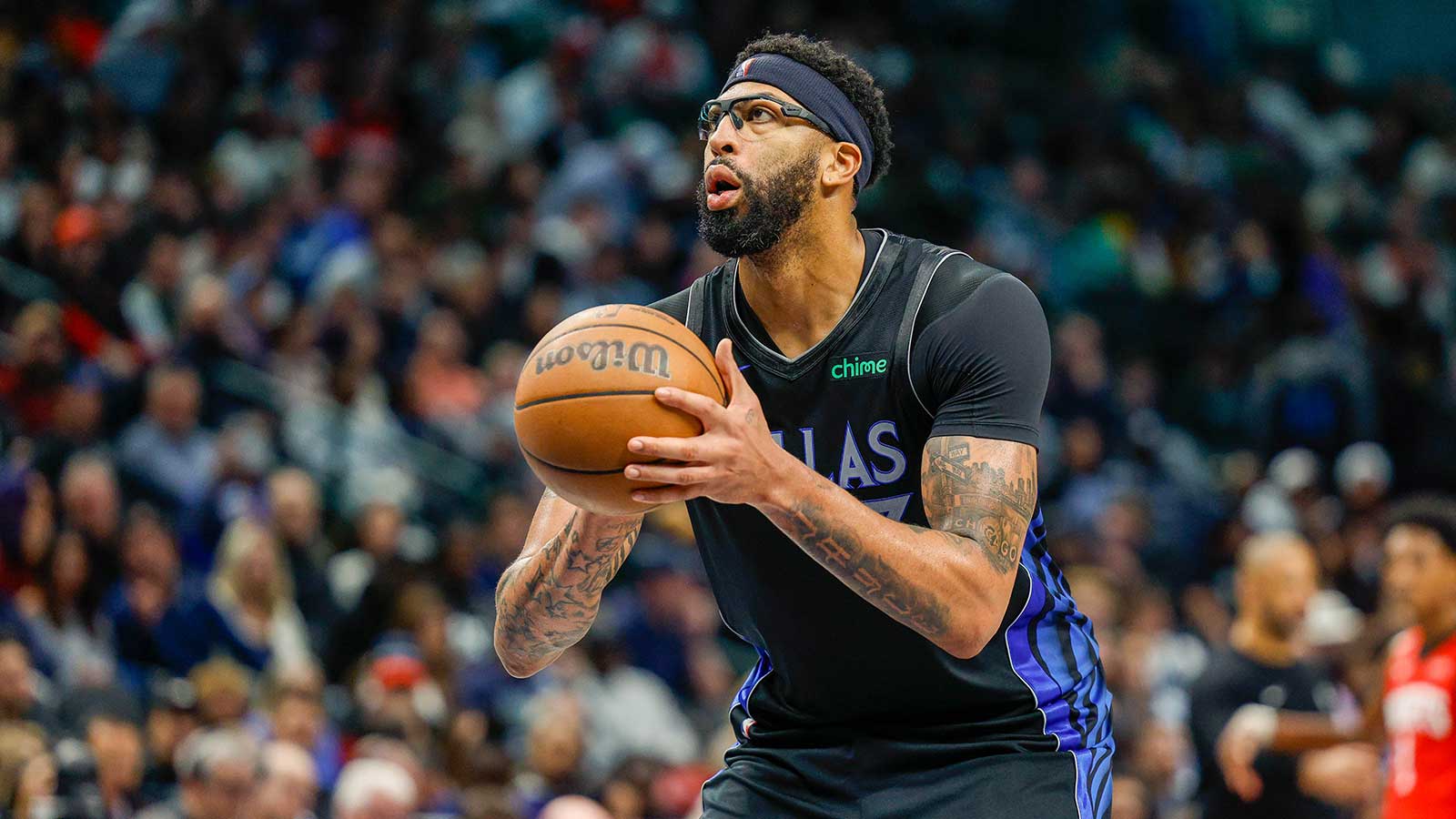Sitting alone at the podium after LeBron James’ game-winner in Game 3 of the Eastern Conference Semifinals, Toronto Raptors point guard Kyle Lowry fielded one question after another with, undoubtedly, many more circling through his own mind.
It was one of the few times Lowry faced the media alone after longtime collaborator DeMar DeRozan was benched in the second half, scoring just eight points on 3-for-12 shooting while the Raptors mounted an admirable comeback without him.
“I’m kind of…I’m really lonely right now,” Lowry said with a deadpan delivery. Then his facial expression softened, revealing a moment of sincerity. “I am. I miss my guy.”
All the strides DeRozan made in efficiency and decision-making seemed to abandon him against the Cleveland Cavaliers, finishing the playoffs shooting just 43.7 percent and reverting to the flawed player that’s drawn heavy criticism throughout his career.
DeRozan rejoined Lowry at the podium for Game 4, but was once against absent in the fourth quarter after earning an ejection for a flagrant foul in a blowout loss. With the Raptors firing head coach Dwane Casey, questions have risen now more than ever over whether this was the last time we’ll see the two on the same NBA team.
Of course, people have called for DeRozan to be traded for years.
Optimal Versus Opportunities: The DeMar DeRozan Conundrum

Give the NBA blogosphere a spreadsheet with open cap space and it will return an endless stream of two or three-step master plans guaranteed to send any team on its way to title contention.
Take that same cap space to an NBA front office and, more often than not, teams simply re-sign their own players and maybe add a Jeff Green (12.3 points per game on 54.8 percent shooting, including 43.8 percent from three with a plus/minus of 5.5 against the Raptors).
This contrast isn’t an indication NBA franchises have less information than the general public; it’s a reminder analytics and our unprecedented access to information have given us so much insight into what’s ideal, we often lose sight of the fact basketball isn’t played in an ideal world.
By almost any qualification, this Raptors team has been an undeniable success. And this year was the greatest season of the greatest stretch in franchise history. It simply hasn’t been the biggest success in the NBA, which, for some, is damning.
The driving force behind this run is the backcourt tandem of Lowry and DeRozan. Lowry, with an efficient style of three-pointers, free throws, and some pit bull-like defense, has received much of the praise.
DeRozan, whose career roots are seeded in long since devalued volume scoring compounded by a predilection for midrange pull-up jumpers, gets far less credit.
For some, the lack of reliable three-point shooting automatically disqualifies DeRozan from a place among the league’s helpful stars. Others dive deeper into the on/off numbers showing the Raptors’ net rating historically better without DeRozan.
Demar DeRozan's on/off splits for the regular season and the playoffs for the last 5 seasons.
This is very bad. pic.twitter.com/eFRz4zlykj— Cruel Angel PHD🇵🇷 (@AmericanNumbers) May 7, 2018
To simplify a conclusion often drawn from this, DeRozan is perceived as, if not a player of negative value, one who certainly isn’t worth the resources in terms of shots, minutes, or money for a quality organization. But does the Raptors’ historically better net rating with DeRozan off the floor mean they’re a better team with him completely off the roster?
One might point to the greater success of some lineup configurations without DeRozan to extricate his contributions from the Raptors’ success. After all, Lowry is Toronto’s best player and lineups consisting of him and the Raptors’ bench have historically been more successful.
But basketball doesn’t translate to the court as smoothly as it might in a spreadsheet. Optimizing the Raptors isn’t as easy as redistributing touches and minutes away from DeRozan’s ledger.
Quality shot creation is among the most difficult skills to master in the NBA.
Kyle Lowry provides it, but he’s neither an elite athlete or playmaker. So much of his effectiveness relies on playing with an all-out edge against players with superior gifts. Prior to this season, the extent to which he was used was already placing too much strain on his body.
Without a star providing gravity, teams can still generate quality shots, but at a taxing cost. The more limited a lineup is in individual shot creation, the harder it must work setting screens, making cuts, and working from one action to the next for system generated shots. The extra energy role players exert in fulfilling these actions eventually draws from its reserves needed on the defensive end, creating diminishing returns not factored into many projections.
Teams like the San Antonio Spurs can survive without star players for portions of a game, or even a few games at a time, but inevitably the added strain extracts it toll, as evident by the Spurs second-half slide and subsequent first-round ouster at the hands of the Golden State Warriors.
These Raptors aren’t the 2014 Spurs in terms of depth or ceiling, but there are a few examples from San Antonio to consider when evaluating the Raptors’ next move.
When Is The Best Time To Rebuild?

In 2010, the Spurs were soundly defeated by the Phoenix Suns. It was just one of several deflating playoff defeats after their 2007 championship.
Tim Duncan was run off the floor by a barrage of pick-and-rolls, Tony Parker looked overwhelmed as the lead guy, and Manu Ginobili, struggling through injuries, looked done.
The following season, the team returned with a vastly different style of play, not too dissimilar from the Raptors’ own culture reset. Outdated pieces were reimagined in new roles and the Spurs won 61 games to finish with the best record in the Western Conference.
As it turned out, one season wasn’t enough to completely ingrain a new system into a team’s muscle memory. The moment the Spurs ran into adversity against the Memphis Grizzlies, they reverted to old habits, losing in the first round. Like these Raptors, those Spurs faced a crossroads with calls to blow up the roster.
The core stayed intact, Gregg Popovich argued, because it was tough to see a way forward that would improve the Spurs beyond what it already had in the window it would have it. And each year, over the next few seasons, San Antonio returned a little better, advancing a little further.
It wasn't until 2014 that the system became so second nature the Spurs practically ran it in their sleep to defeat LeBron James. And that's what it'll take for any team without the Golden State Warriors' sheer talent to defeat LeBron.
Perhaps if the Spurs repeatedly lost to the same opponent, their efforts would’ve seemed futile enough to part ways with a Parker or Ginobili. It certainly seems like these Raptors have gone as far they can.
But there are some similarities to those beautiful game Spurs.
DeMar DeRozan as Tony Parker

Instead of leaning more on Lowry, the Raptors found success giving more control to DeRozan; putting him at the center of Toronto’s increasingly decentralized Raptors’ attack.
And like he has every year since he entered the league, DeRozan started this season with a few new tricks.
Late in the first quarter of Game 2 in the Raptors’ first-round series against the Washington Wizards, DeMar DeRozan received a pass in the corner from Pascal Siakam, catching, rising, and releasing his shot in one smooth motion.
https://www.youtube.com/watch?v=FhalTYSLQxM&feature=youtu.be
DeRozan received praise this season for increasing his three-point volume. And while this development wasn’t unimportant, it was overstated. More crucial in this clip is how one action—even a failed one—quickly flows into the next.
Once stalled, DeRozan gives the ball to Delon Wright and retreats to the corner. Wright quickly swings the ball to Siakam, who immediately attacks with a downhill drive before the defense can react, creating the open shot for DeRozan.
The biggest leaps in DeRozan’s game came from learning to manipulate defenses on and off the ball to create better opportunities for his team.
Plugging his footwork, shotmaking, and secondary playmaking into a system capable of moving him in and out of a defense’s focus did wonders for DeRozan.
DeRozan splits the D and slams home!#WeTheNorth #NBAPlayoffs pic.twitter.com/E3cZKyxvL2
— NBA (@NBA) April 18, 2018
All season, the Raptors have played with more purpose than pace, ranking just 13th at 99.81 per NBA.com. They get into their offense quickly, flowing downhill without ever really pausing.
In the above clip from the Raptors’ first-round series against the Washington Wizards, the Lowry and Jonas Valanciunas pick-and-roll finds DeRozan on the wing. Lowry follows his pass to flow into pick-and-pop while, simultaneously, Vaanciunas lifts to immediately run a second pick-and-roll.
The point of it all is to force a defense into multiple decisions with no reprieve; stressing it until a mistake is made. In this case, the Wizards try to rotate ahead of the third ball screen before it can set its coverage, resulting in the DeRozan dunk.
In the following clip, the Raptors have DeRozan curl all the way around the court to run a dribble handoff two-man game with Valanciunas. He comes to the ball on the move, stopping only for a split second to jab his defender towards the middle screen before driving baseline. Simultaneously, a screen is set for C.J. Miles in the corner for the easy three-pointer.
https://youtu.be/sOSCALgYlNQ
In that game, DeRozan scored a playoff career-high 37 points on 14-for-23 shooting.
“I didn’t go out there planning to score 37 points,” DeRozan said after the game. “I went out there to be aggressive, and with my aggressiveness, came 37 points.”
In San Antonio, Popovich crafted a system around Parker’s ability to breakdown defenders. It used his aggressiveness as fuel in intelligent ways. DeRozan’s regular season numbers are superior, but similar, to Parker’s 2014 season; exchanging a few more points for a lower assist percentage.

Neither are ideal players to build around, but like Popovich, Casey developed a system capable of leveraging the threat of DeRozan’s scoring to loosen the threads of a defense; making it easier for everyone to pull at the strings.
These adjustments, with the increased passing and movement around DeRozan and Lowry, empowered everyone enough so that even limited players could facilitate and score against rotating defenses.
The advantage of this is it allowed the Raptors to field better defensive lineups, which probably played a bigger role in this Raptors’ season than the narratives let on. It also saved Lowry for the playoffs, who was much better during this run.
Of course, the defense frayed down the stretch and little by little, one thread unraveled, until everything came undone against the basketball force that is LeBron James. The defense fell apart, the pace slowed dramatically, and the Raptors were swept.
What’s Next

Casey was the easy fall guy for the Raptors’ struggles. DeRozan isn’t far behind.
Critics would be right to point out the Raptors’ playoff failures. It’s more than fair to acknowledge DeRozan isn’t LeBron James, James Harden, Stephen Curry, or the handful of other players who are elite teams unto themselves.
Harden’s work in the Morey zones, for example, is unimpeachable. His ability to generate his own offense in these areas, however, is unique to him. More exception than rule. Which is why he deserves to be this season’s MVP.
DeRozan is still capable of star utility, only on a lower tier. And while that seems like damning or faint praise, it’s valuable too.
Teams need guys capable of consuming possessions, even if at middling efficiency, and drawing attention towards inefficient, muddy areas so more limited teammates can keep their shot charts clean. To reference the Spurs again, it's not unlike LaMarcus Aldridge's role in San Antonio's offense.
DeRozan’s greatest sin is he’s not as elite as Harden, Curry, or James in this very important role, and not quite enough in anything else.
But in this case, it’s a matter of what’s optimal versus what’s realistic. Ideally, a team would build around a superior player to DeRozan. But with only a handful of truly elite players in the world, and several of them playing together on the same teams, it’s more valuable to have a flawed but properly utilized star than not.
Removing DeRozan from the equation will not open a path to LeBron James or Steph Curry. It can’t guarantee a path beyond them, either.
The constant call for mostly healthy organizations to blow up cores like this is akin to tossing out a six-course meal because the salad didn’t have heirloom tomatoes and the mashed potatoes used margarine instead of real butter.
The money invested in this core means any trade probably won’t return enough to give Toronto a cleaner outlook over the course of the Lowry and Serge Ibaka contracts than the Raptors would have otherwise. If a Boston Celtics and Brooklyn Nets type of deal manifests itself, by all means, pull the trigger on this era of Raptors basketball.
For all the chatter the Process delivered, the NBA is an entertainment business, not a championship one. DeRozan isn’t Canadian, but with him being drafted by the Raptors at an early age, he has all the feel of a local kid making good. On a team that mostly works, by the way.
These Raptors probably won’t ever win a championship, but they’re not at the point where they’ve grown stale. They’ve improved every year.
Blow up this core too soon without a clear path forward and Lowry probably returns to the podium alone after another loss to LeBron James anyways. Only this time, he won’t be the only person in Toronto missing their guy.








